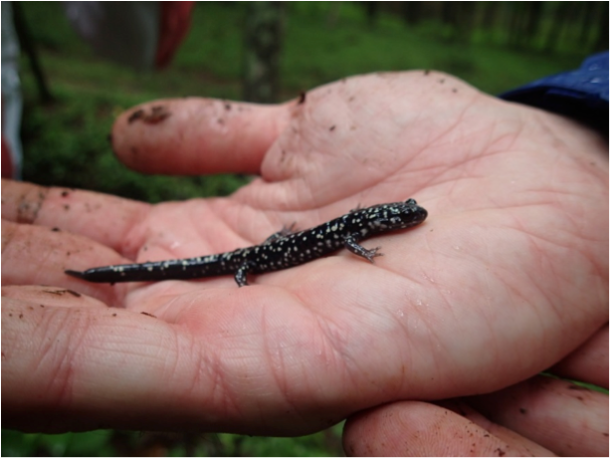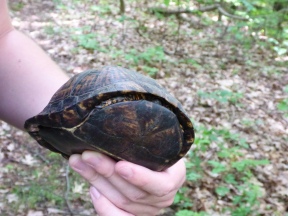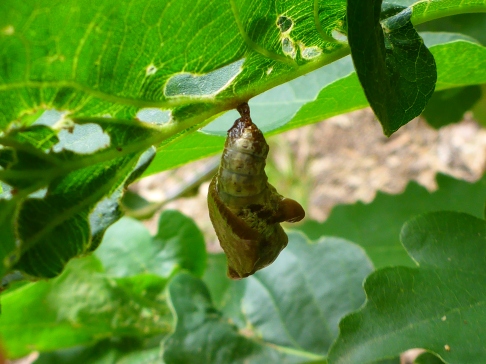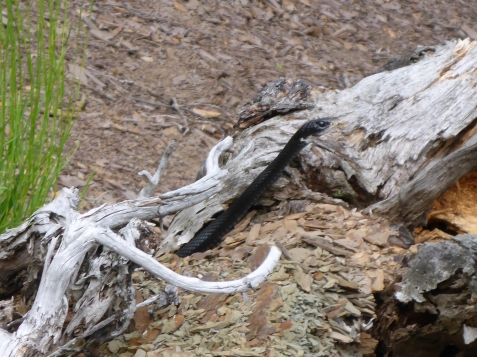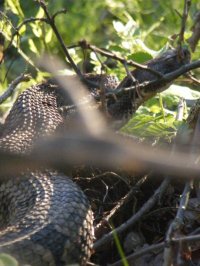by Melissa O’Brien
This summer the Langkilde lab has the privilege of working with the Upward Bound Math and Science (UBMS) program for a second time. We will be mentoring high school students through the SEECoS program (Summer Experience in the Eberly College of Science). Last year we had the opportunity to work with three outstanding students: Selena Slimmer, Jermayne Jones, and Kiara Camacho. Selena graduated from Reading High School this past spring, and we are pleased to announce that she will be attending Albright College in the fall. Selena will be studying psychology and intends to minor in biology. Congratulations Selena! We are so proud of you, and we know you will be successful in everything you do!
While Selena is moving on to college, we are lucky enough to be working with Jermayne and Kiara again this summer. Jermayne is a rising senior at Olney Charter High School in Philadelphia, and Kiara is a rising sophomore at Reading High School. Jermayne hopes to study forensic science at Penn State, and Kiara is interested in photography. Last summer Jermayne and Kiara worked with us on a project studying tadpole behavior, and this year they are jumping in head first with a lizard project!

Our enthusiastic research team! From left to right: Melissa O’Brien, Kiara Camacho, Jermayne Jones, and Dr. Tracy Langkilde. Photo taken by Dr. Lori Van Der Sluys.
Jermayne and Kiara will be helping the Langkilde lab study stress levels in the Eastern Fence Lizard (Sceloporus undulatus). In this experiment, we will be measuring a stress hormone known as corticosterone (CORT for short). In order to take a blood sample, we catch fence lizards using a fishing rod with a noose attached to its end. Once we catch a lizard, we remove the noose and use a capillary tube to collect blood from the sinus behind its eye. The process of catching, handling, and obtaining a blood sample is stressful for lizards, so if we want to get a look at natural or baseline stress levels in lizards, we need to take a blood sample before CORT levels begin to rise. According to previous research, it takes about three minutes for CORT levels to rise in birds and mammals, and we want to determine whether or not this holds true for reptiles.
In order to find fence lizards to work with, we ventured out to Raystown Field Station two weeks ago to scout out a field site (check out Mark Goldy-Brown’s blog post if you are interested in learning more about our first trip!). Last Thursday, we returned to the field station in hopes of catching additional lizards for our study. When we arrived, we realized that the weather in Juniata was not conducive to catching fence lizards, but that didn’t stop us from trying! While we waited for the rain to subside, we gave Jermayne and Kiara a crash course in fieldwork. We even used plastic lizards to practice catching fence lizards.
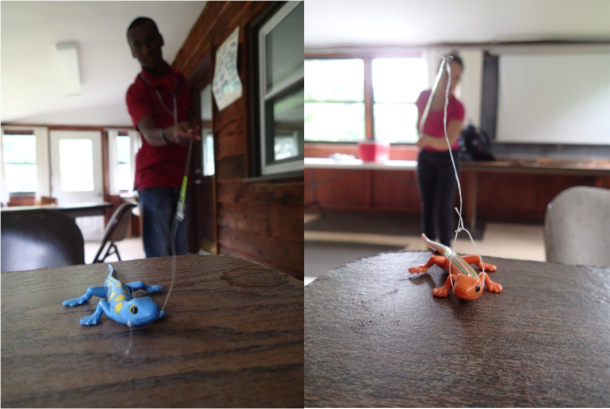
Jermayne (left) and Kiara (right) practicing their “lizarding” skills. Photos taken by Tracy Langkilde.
While the weather prevented us from catching fence lizards, we did get the opportunity to see some wildlife. Andrew McDevitt, Resident Director of Raystown Field Station, found two Ring-Necked Snakes that Jermayne was brave enough to hold. These snakes get their name from the orange ring found around their necks. Ring-Necked Snakes are harmless to humans, and our students enjoyed getting the opportunity to interact with such docile reptiles.

Jermayne (left) holding a Ring-Necked Snake. Kiara (right) posing with a Ring-Necked Snake. Photos taken by Tracy Langkilde.

This Ring-Necked Snake gets its name from the orange ring around its neck. Photo taken by Tracy Langkilde.
We also took a hike around the base of the field station where Chris spotted a slimy salamander. Chris explained that these amphibians get their names from the sticky mucous they secrete to clog the mouth of a predator. We also learned that slimy salamanders are good jumpers, and quickly returned our friend to the log where we found him.

Our team investigating the slimy salamander. From left to right: Chris Thawley (holding salamander), Tracy Langkilde, Gail McCormick, Kiara Camacho, and Jermayne Jones.
On the ride back to Penn State, Tracy spotted a baby box turtle on the side of the road.
Kiara and Jermayne both took the opportunity to take photos with this adorable herp.
We are eager to get back into the field next week to catch some fence lizards! Stay tuned for updates on our lizard project!


